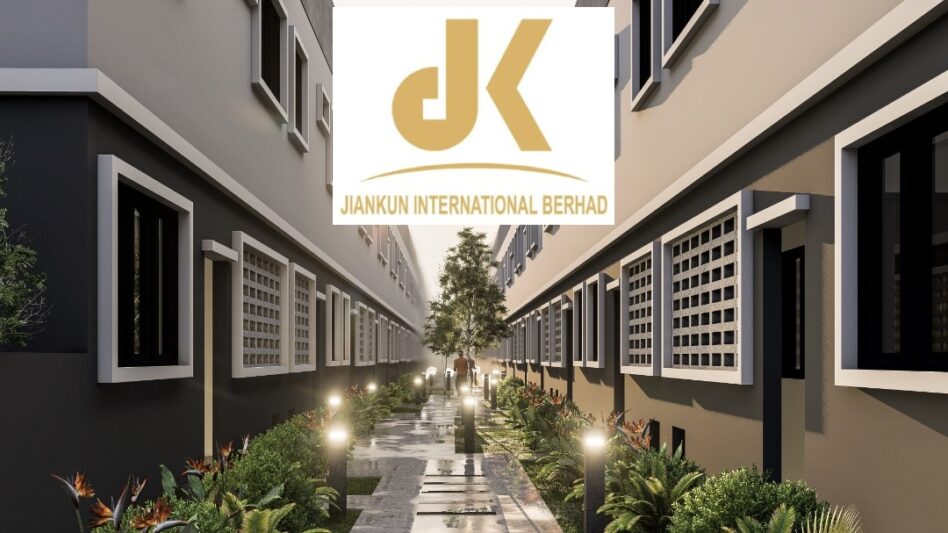TRANSIT-oriented development (TOD) is a planning and design strategy that creates compact, mixed-use communities near transit where people enjoy easy access to jobs and services. A typical TOD should be within 400 to 800 metres to a station or a pedestrian’s walking distance of five to 10 minutes.
“Ideally, the objective of TOD is to foster an ultimate goal that everyone can benefit in our living environment with an efficient public transport system in keeping with the trend of a higher and higher urbanised population,” Veritas Design Group senior architect Lee Chuin Shane shared with FocusM in 2019.
In a nutshell, TODs are also intended to reduce transportation costs and dependency on private cars as well as to encourage homeownership among middle- and low-income households who want to live and work close to the city centre.
To re-cap, Kuala Lumpur Sentral is the nation’s first TOD which started in 2001. Since then, TOD projects have been mushrooming, adapting and mimicking lessons learned from KL Sentral.
Thus, the number of housing developers, tailoring their new launches towards TOD projects are increasing in the recent years. This is as they see them as an alternative means of revitalising property values in the recent years.
Between 2018 and 2020, as many as 24 TOD residential housing projects had been rolled out adjacent to the 31 MRT stations in the Klang Valley. These projects consist of high-rise mixed-use developments located within walking distance from transit stations (less than 700 metres).
In addition, EcoFirst Consolidated Bhd will be launching two TOD housing projects – Sungai Besi development located in the Chan Sow Lin vicinity at the fringe of KL city centre and the Damansara Damai development within walking distance from the Damansara Damai Mass Rapid Transit (MRT) station.
More recently, boutique integrated property developer OCR Group Bhd said its 0.33-acre Urban Living project in Jalan Alor in the vicinity of Kuala Lumpur City Centre would be accorded similar benefits as a TOD given the project site is within a gazetted transit planning zone.

Boasting a gross development value (GDV) of RM105.9 mil, the development which is slated for 2022 comprises a 10-storey small office home office (SOHO) development with 120 units of SOHO and eight retail lots.
Are TODs really affordable?
Any development with transit stations nearby, especially in the Klang Valley, tends to be associated with higher rental yield and property “sell-out”. This will then intensify the transformation of the vicinity into hot neighbourhoods with higher economic benefit and capital growth.
As a result, housing developments often end up being transformed by housing developers into high-end enclave of housing, retail, and offices catering to higher-income earners due to demand. Subsequently, the property price will be inflated, setting in motion a speculative real estate market.
In a study conducted by Dr Foo Chee Hung – a professional technologist registered under the Malaysian Board of Technologists – on the 24 TODs residential housing projects in 2020, it was found that projects located in Sungai Buloh, Petaling Jaya, Cheras and Kajang are affordable to a T20 household in Kuala Lumpur.
But M20 household can barely afford a unit while none of the projects are affordable to a B40 household.
This raises the question: will the initial aim of TOD which is to offer affordable housing with good access and connectivity to the middle- and low-income groups be deviated? – Aug 4, 2021
Photo credit: iProperty










